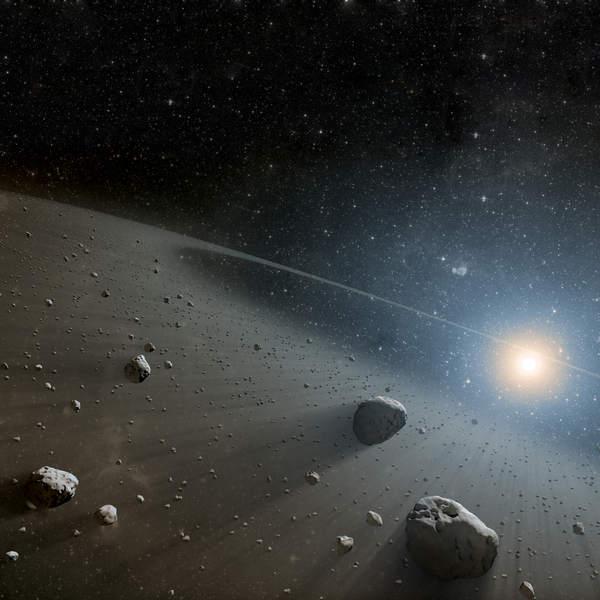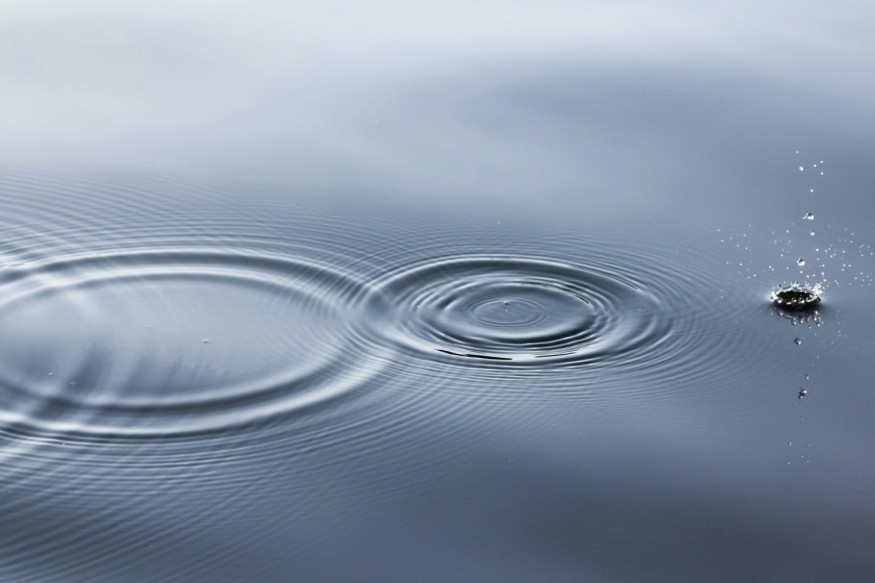Recent studies have uncovered crucial new hints regarding how the inner Solar System, including Earth, came to possess its water and organic-rich constituents, which are necessary for all life.

Recovering Samples
Eight particles that the JAXA3 spacecraft Hayabusa2 brought back to Earth from the asteroid "Ryugu" have been thoroughly examined by the Kochi Team2. Researchers from The Open University (OU) and the University of California, Los Angeles (UCLA) in the United States have contributed to them. Motoo Ito of JAMSTEC is their leader. It was published in Nature Astronomy on August 15, 2022.
On samples from Ryugu, experts from the OU conducted oxygen isotope analyses. They used information crucial in drawing connections between the materials from the asteroid that was returned and the meteorite record already in existence.
Previous Assumptions
It was previously believed that the Ryugu material had endured high temperatures based on evidence from spacecraft. Most of the water it held was thought to have been driven off. It was found that this notion was untrue.
In actuality, the substance is heavily hydrated and organic. The Ryugu samples are highly similar to meteorites from the CI (Ivuna-type) chondrite group, according to OU scientists who were able to confirm this. These are regarded as the most significant kind of meteorites since their chemical makeup is identical to our solar system's. Additionally, they demonstrated that contact with the terrestrial environment caused CI chondrites to become polluted.
The Ryugu samples are the purest, primitive Solar System material we have because they were gathered and brought back to Earth under extremely clean conditions.
Richard Greenwood, Ross Findlay, Ian Franchi, and James Malley made up the OU team. Richard Greenwood, an OU Research Fellow, provided isotope analytical support for the work. Dr. Greenwood outlined the significance of the study as follows:
"When the Haybusa2 spacecraft studied the asteroid Ryugu in space, the mission's findings could be a little underwhelming. The asteroid's building blocks appeared to have undergone extensive heating, losing much of the water they contained to space.
Chemical Makeup
"However, OU scientists could show that the Ryugu samples were quite comparable to the significant and unheated CI (Ivuna-type) chondrites while working as a member of the Japanese Kochi Team. These substances' chemical makeup closely resembles that of the Solar System, including the Sun. It turns out that the Ryugu minerals are more valuable than gold dust in comprehending the solar system's chemistry.
The basic connections between the minerals and the organic component of the Ryugu material have been retained despite being watery (of or containing water). The fine-grained minerals and organics found in the Ryugu particles developed in the outer Solar System, according to isotopic data (hydrogen and nitrogen).
Basic Building Blocks of Life

This research has allowed scientists to hypothesize that organic molecules may have found "cradles" in the components of early asteroids. This offers a plausible method for the combined supply of water and organics to the early Earth and would have helped to preserve them.
Related Article : NASA Reveals Bold Mission to Put Humans on Asteroid For the First Time
For more Space news, don't forget to follow Nature World News!
© 2025 NatureWorldNews.com All rights reserved. Do not reproduce without permission.





